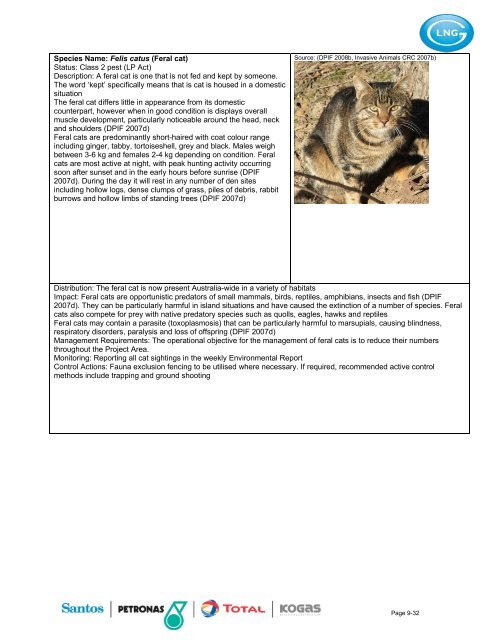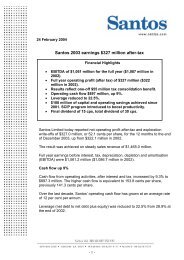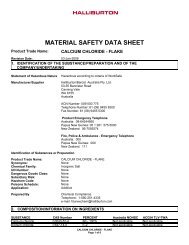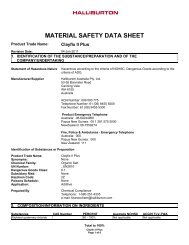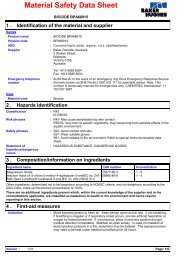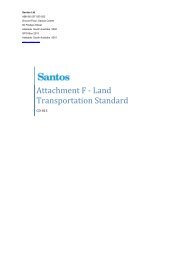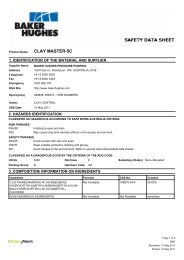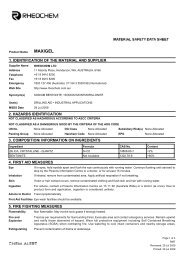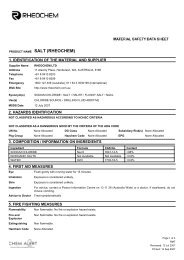Appendix B – Pest and Weed Management Plan (5 MB) - Santos
Appendix B – Pest and Weed Management Plan (5 MB) - Santos
Appendix B – Pest and Weed Management Plan (5 MB) - Santos
Create successful ePaper yourself
Turn your PDF publications into a flip-book with our unique Google optimized e-Paper software.
Species Name: Felis catus (Feral cat)<br />
Status: Class 2 pest (LP Act)<br />
Description: A feral cat is one that is not fed <strong>and</strong> kept by someone.<br />
The word ‘kept’ specifically means that is cat is housed in a domestic<br />
situation<br />
The feral cat differs little in appearance from its domestic<br />
counterpart, however when in good condition is displays overall<br />
muscle development, particularly noticeable around the head, neck<br />
<strong>and</strong> shoulders (DPIF 2007d)<br />
Feral cats are predominantly short-haired with coat colour range<br />
including ginger, tabby, tortoiseshell, grey <strong>and</strong> black. Males weigh<br />
between 3-6 kg <strong>and</strong> females 2-4 kg depending on condition. Feral<br />
cats are most active at night, with peak hunting activity occurring<br />
soon after sunset <strong>and</strong> in the early hours before sunrise (DPIF<br />
2007d). During the day it will rest in any number of den sites<br />
including hollow logs, dense clumps of grass, piles of debris, rabbit<br />
burrows <strong>and</strong> hollow limbs of st<strong>and</strong>ing trees (DPIF 2007d)<br />
Source: (DPIF 2008b, Invasive Animals CRC 2007b)<br />
Distribution: The feral cat is now present Australia-wide in a variety of habitats<br />
Impact: Feral cats are opportunistic predators of small mammals, birds, reptiles, amphibians, insects <strong>and</strong> fish (DPIF<br />
2007d). They can be particularly harmful in isl<strong>and</strong> situations <strong>and</strong> have caused the extinction of a number of species. Feral<br />
cats also compete for prey with native predatory species such as quolls, eagles, hawks <strong>and</strong> reptiles<br />
Feral cats may contain a parasite (toxoplasmosis) that can be particularly harmful to marsupials, causing blindness,<br />
respiratory disorders, paralysis <strong>and</strong> loss of offspring (DPIF 2007d)<br />
<strong>Management</strong> Requirements: The operational objective for the management of feral cats is to reduce their numbers<br />
throughout the Project Area.<br />
Monitoring: Reporting all cat sightings in the weekly Environmental Report<br />
Control Actions: Fauna exclusion fencing to be utilised where necessary. If required, recommended active control<br />
methods include trapping <strong>and</strong> ground shooting<br />
Page 9-32


